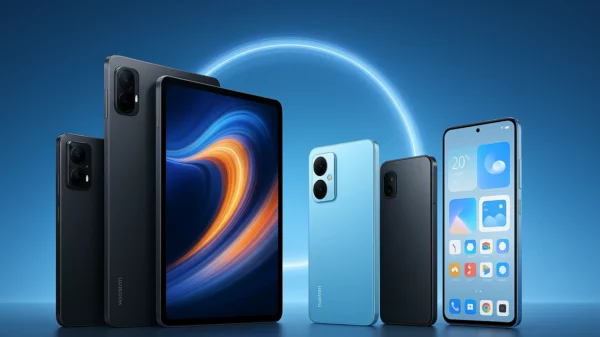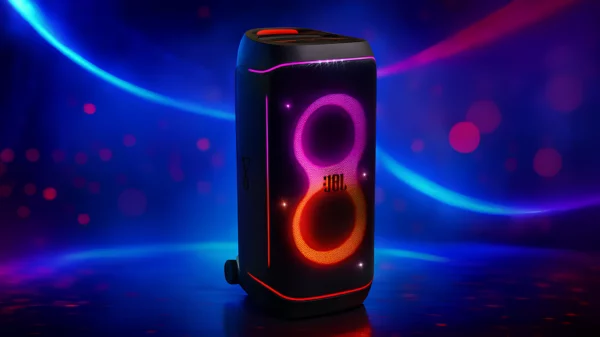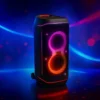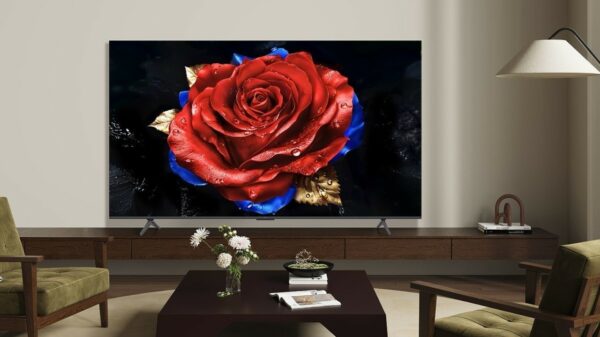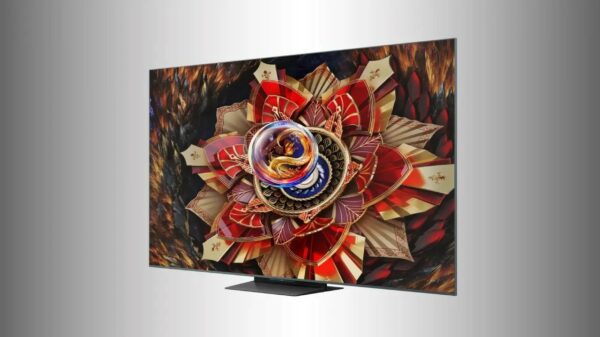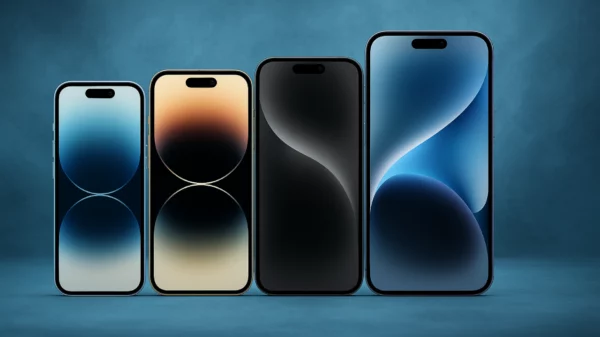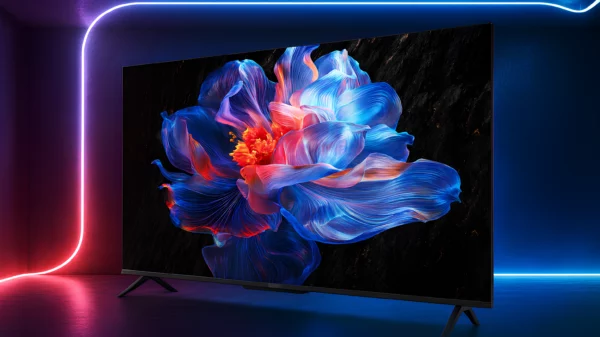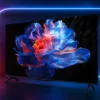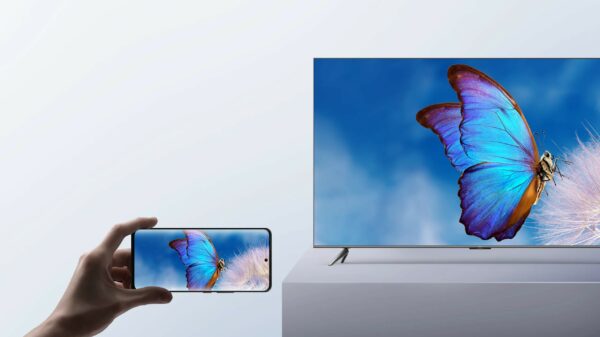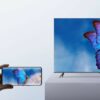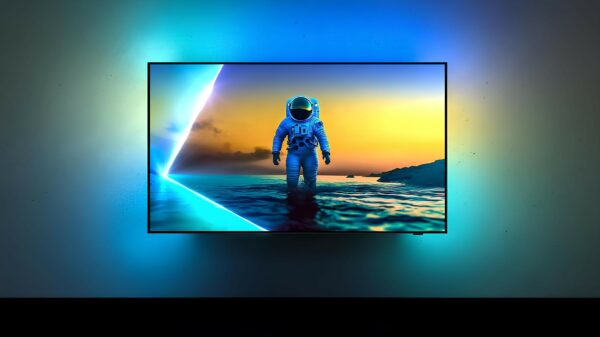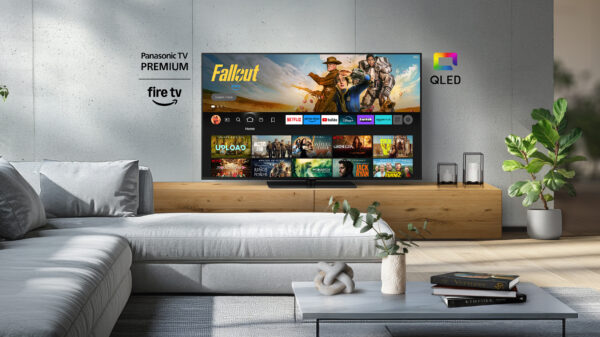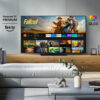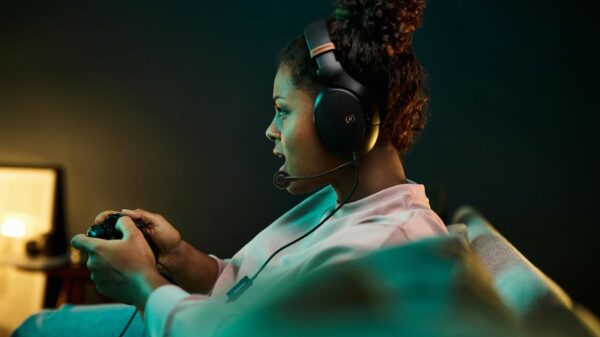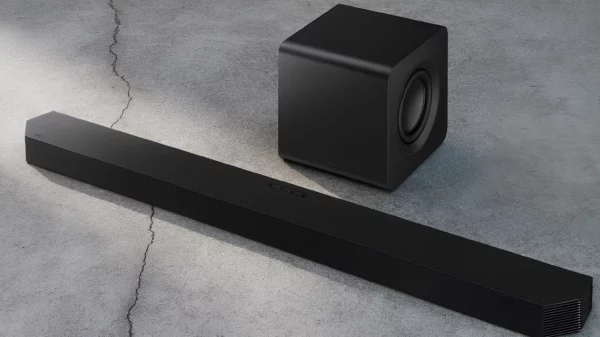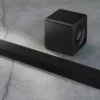Apple Pippin – A video game console designed by Apple Computer in the mid-1990s. It was based on a 66 MHz PowerPC 603e processor and ran a stripped-down version of the Mac OS. Apple wanted to create a low-cost computer designed to play multimedia on CDs, and mostly games, but also function as a networked computer. Pippin included a 4-speed CD-ROM drive and video output, allowing the console to be connected to a standard TV.

Pippin logo
Not all Apple products have been successful. Now the company calculates its every step and conducts a conservative policy, preferring to enter new markets only after a thorough study of the rules of the game. In the past, things were different – Apple was not afraid to experiment, even if its products turned out to be a failure. One such product is the Pippin game console. It was released over 20 years ago and was supposed to change the balance of power in the games market, but it turned out to be unclaimed.
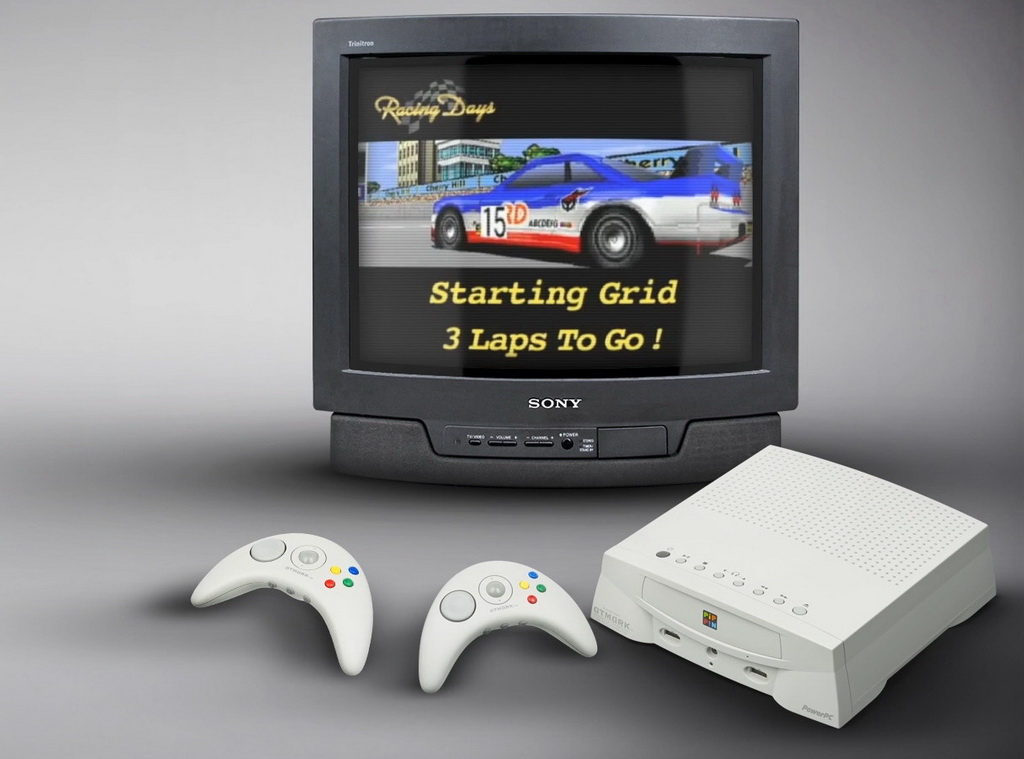
Pippin Atmark Game Console For Japanese Market
Unlike later devices, Pippin was not tied to Apple’s ecosystem. This set-top box ran on a stripped-down version of Mac OS and was essentially a platform whose infrastructure was opened by a third-party company. Apple never intended to release Pippin at its facility. The corporation intended to sell the manufacturing license to third parties, following the model of the failed 3DO . However, the only company that has licensed their Pippin is Bandai.
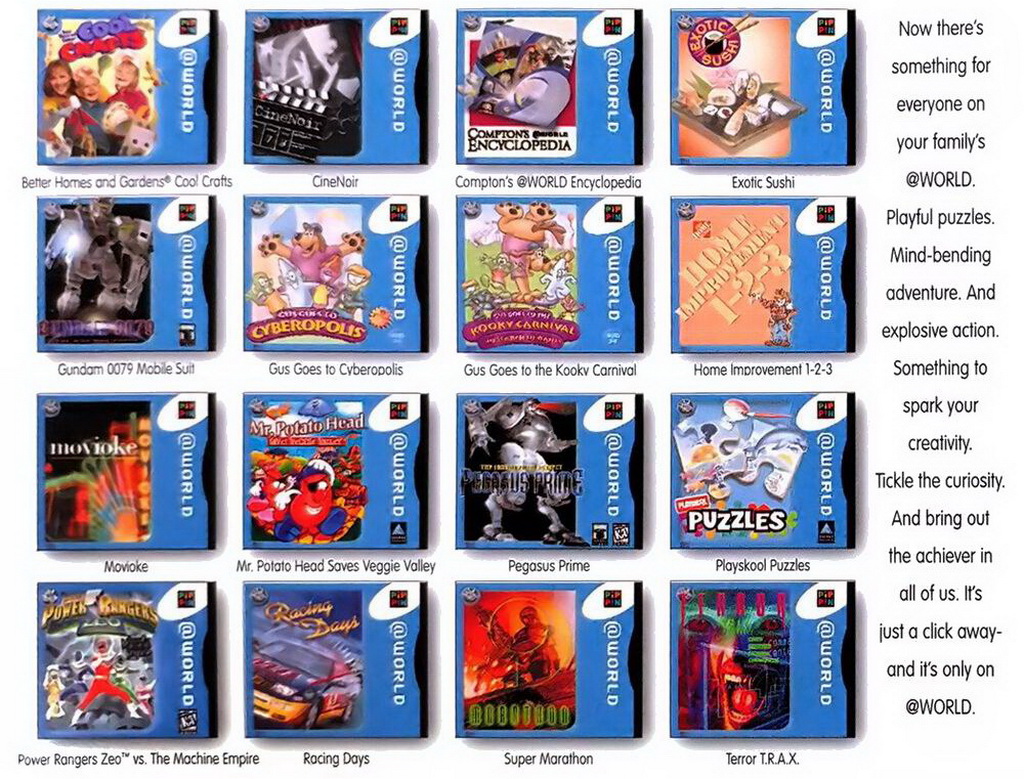
Pippin games
The manufacturer of the Pippin console was the Japanese company Bandai. The performance of this device was impressive at the time: 4-speed CD drive, expandable memory, 8- or 16-bit graphics, and support for keyboard, mouse and game controllers. In 1994, a press conference was held in Tokyo at which Bandai and Apple shared their grandiose plans – they believed that those who did not know how to use a computer would buy this console. The capabilities of Pippin were really progressive: a modem for Internet access was built into the console, it supported the launch of not only games, but also various programs, and the software created for it would retain compatibility with next generation consoles (which the Nintendo consoles could not boast of). Pippin did not have a binding to the region. The prefix was produced in two versions (for the USA and Japan),

Super Marathon cover
In the spring of 1995, Pippin went on sale and cost in Japan 64,800 yen ($ 620 at that time), and in the US $ 599 (for comparison, the Sony PlayStation , which debuted at the same time, cost half the price). Pippin’s American shoppers received six months of free internet access, which at the time cost $ 25 a month. According to Bandai forecasts, it was planned to sell 300 thousand consoles in the USA alone, but the Americans and Japanese bought only 42 thousand in total.
Why did Pippin fail?
Apple, known for its marketing companies, did not advertise Pippin in any way, believing that the manufacturer should do it. Bandai spent about $ 100 million on advertising the set-top box, but this did not bring the desired result.
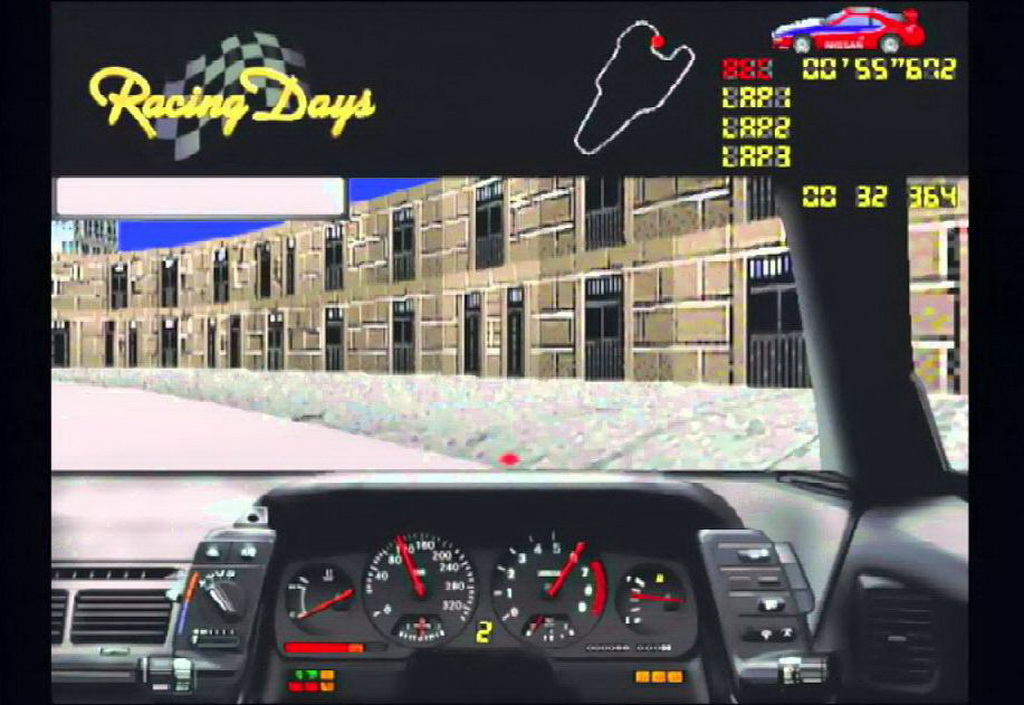
Racing Days game
Using the Internet on this console was excruciatingly painful. Firstly, it was equipped with a modem with a speed of only 14.4 kilobits per second, and secondly, televisions of those times were unable to display a sufficiently clear image of web pages. The choice of games for Pippin was extremely scarce – at the time of the release of the console, there were no more than 25 of them, and not of the highest quality. The developers were not interested in the console, they focused on releasing games for the PC and the more popular Super Nintendo, Sega Saturn and Sony PlayStation consoles. Only one studio gave Pippin a shot, and that was Bungi, which released the exclusive first-person shooter Marathon, which later evolved into the Halo series.
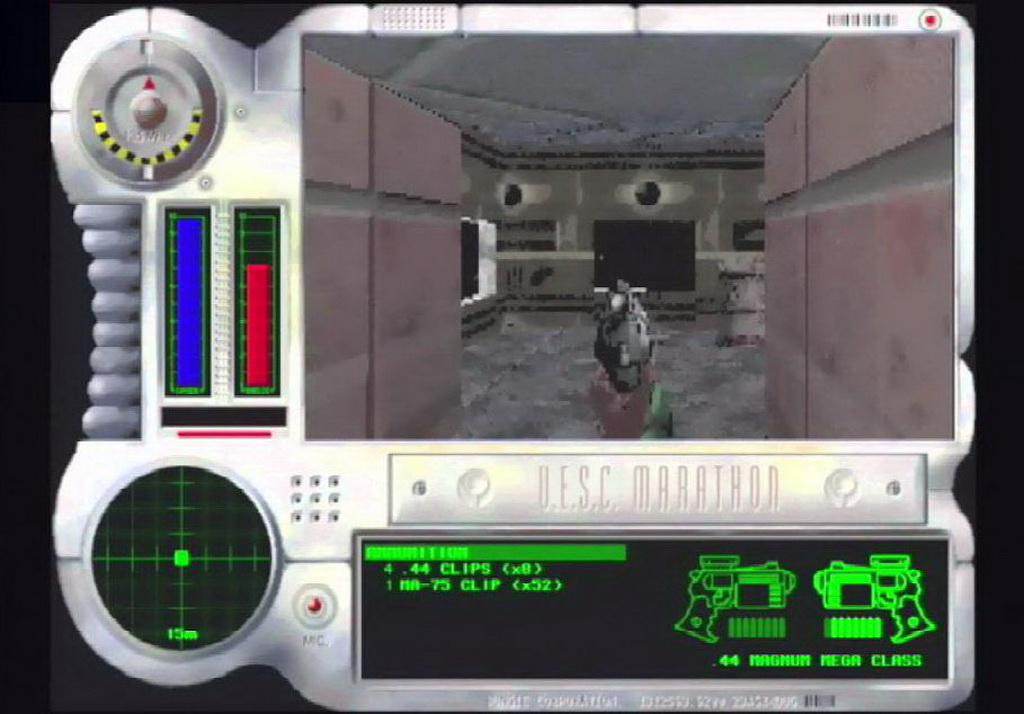
Super Marathon game
In 1997, Steve Jobs, who returned to control of Apple, ordered the end of support for the Pippin platform, and the production of consoles was stopped. The remaining copies of the American model were exported to Japan. Now this console is considered a rarity, but it is not very expensive at auctions – about $ 700. In May 2006, Pippin was named one of the 25 worst tech products of all time by PC World Magazine.




